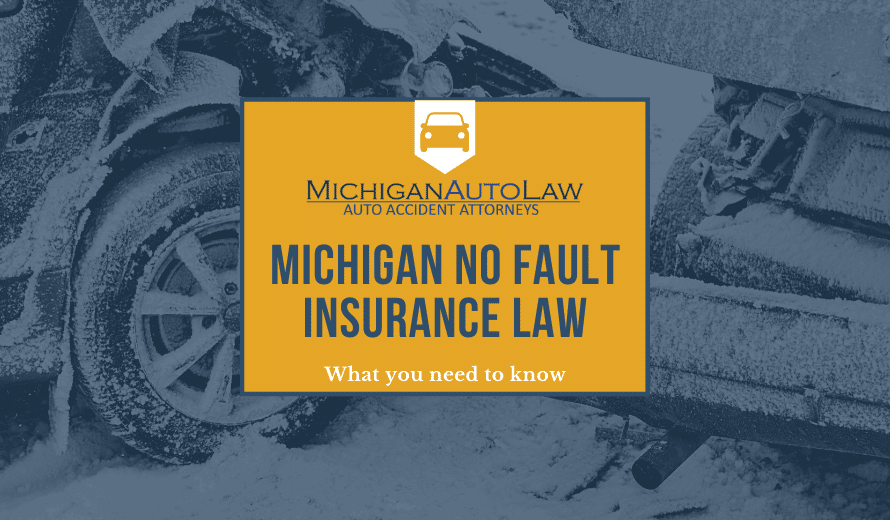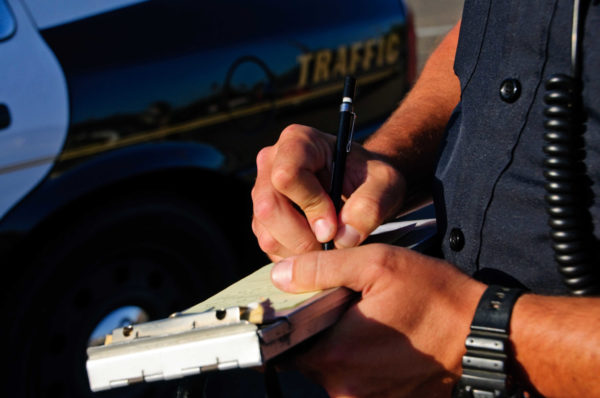Some states make the process of getting compensation for a car accident more efficient by allowing certain claims to proceed without proving fault, although this does not prevent disputes entirely.
Most car accident cases and the insurance claims related to them are based on establishing the fault of one or more drivers. This can cause delays in getting the compensation that a victim needs, since insurers may fight these claims tenaciously. To make the process more efficient, some states have instituted a no-fault system of car insurance. As it sounds, this means that proving who caused the accident makes no difference. A victim simply files their claim with their own insurance company, which is responsible for compensating them for their injuries. No-fault insurance is sometimes also known as personal injury protection (PIP) insurance.
As of 2018, the states that use no-fault insurance are New York, New Jersey, Pennsylvania, Massachusetts, Florida, Kentucky, Michigan, Minnesota, Kansas, North Dakota, Utah, and Hawaii, in addition to the District of Columbia. In some states, no-fault is an option that a policyholder can choose when they purchase a policy, while traditional liability coverage is still available. Also, different states have different rules regarding the types of damages that can be covered under no-fault insurance. Medical bills and lost income are almost always covered, but property damage may or may not be covered, and non-economic damages like pain and suffering are not covered.
Just because your state uses no-fault insurance does not ensure that your claim will be free of disputes and that you will promptly receive all of the compensation that you want. The insurer still may dispute the amount that you are claiming, arguing that your injuries are not as extensive as you are alleging or that certain types of medical treatment are not reasonable and necessary. An insurer only needs to cover medical bills that are fair and reasonable, so it may contest a claim that seems too expensive for the type of treatment being provided.
However, most no-fault claims are limited in value because states that use this system usually provide accident victims with the option to go outside it for claims that are sufficiently major. A lawsuit still may arise if a claimant in a no-fault state suffers catastrophic injuries that result in substantial costs.
In general, a passenger injury claim under the no-fault system proceeds similarly to a claim by an injured driver. A passenger probably will be covered by the driver’s no-fault or PIP coverage. If the passenger’s injuries meet the state requirements for taking a claim outside the no-fault system, they likely could bring a separate claim against the at-fault driver’s liability insurance. If multiple drivers shared the fault, including the driver of the car in which the passenger was riding, a passenger could bring a claim against each of the drivers’ insurers for the damages that exceed the no-fault limit. Calculating damages and determining liability in these situations can become complex, so you may want to talk to a lawyer to make sure that you understand your options.






















